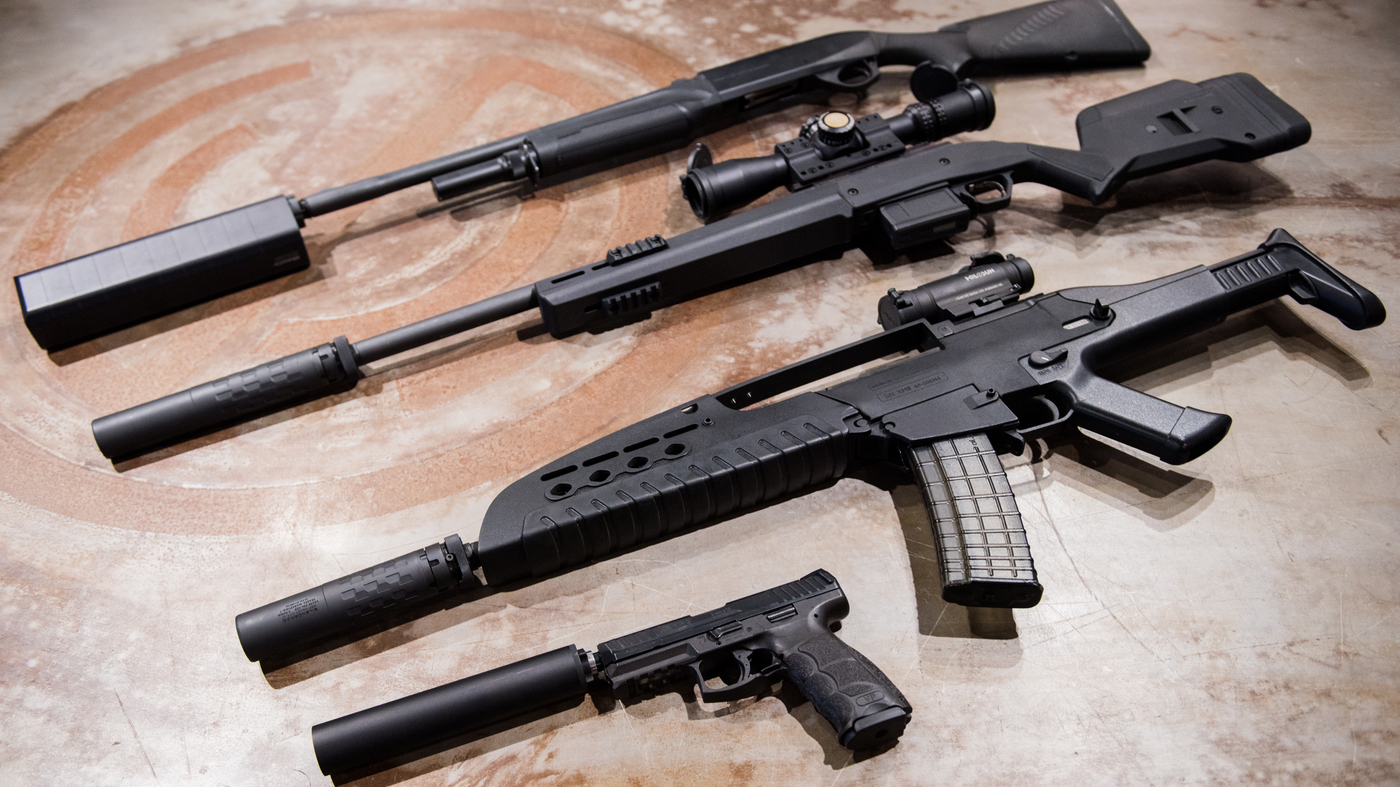In the realm of self-defense and tactical engagements, the ability to effectively navigate close-quarters scenarios is a skill that every shooter should possess.
This journey into understanding tactical pistols is an essential step in equipping yourself with the knowledge and tools needed to handle such situations confidently.
In this guide, we’ll delve into the world of Close Quarter Firearm Solutions, unraveling the intricacies of tactical pistols for shooters of all levels.
Decoding Close Quarter Firearm Solutions: A Primer
Close-quarters engagements demand firearms that are both compact and maneuverable without compromising accuracy or firepower. Tactical pistols are purpose-built for precisely such situations.
These firearms are designed to be drawn and fired quickly, enabling shooters to respond swiftly to imminent threats. Whether you’re a law enforcement officer, a concealed carry holder, or a civilian concerned about personal safety, understanding the nuances of tactical pistols is paramount.
Essential Features: Navigating the Tactical Pistol Landscape
Tactical pistols are characterized by several key features that optimize their performance in close-quarters scenarios. Firstly, their compact size allows for easy concealment and quick draws. Secondly, ergonomic grips enhance control and comfort during high-stress encounters.
Thirdly, ambidextrous controls ensure ease of use for both left- and right-handed shooters. Additionally, most tactical pistols are designed to accommodate various accessories such as weapon lights, lasers, and red dot sights to enhance target acquisition in low-light environments.
Caliber Considerations: Striking the Balance
Selecting the right caliber for your tactical pistol is a delicate balance between stopping power and recoil management. Common calibers like 9mm and .40 S&W offer a good compromise between manageable recoil and sufficient stopping power.
While larger calibers may provide more stopping power, they often come with increased recoil, potentially affecting follow-up shots.
Smaller calibers, while offering less recoil, may lack the stopping power needed in close-quarters encounters. Assess your skill level, comfort with recoil, and the intended purpose of the pistol to make an informed choice.
Training for Close Quarters: Turning Knowledge into Skill
Acquiring a tactical pistol is merely the beginning; honing your skills through consistent training is what transforms knowledge into proficiency. Regular range practice should involve shooting from various positions, using cover, and practicing quick draws.
Simulated scenarios that mimic close-quarters engagements can help improve decision-making under pressure. By practicing these skills, you build muscle memory and mental readiness, empowering you to handle close-quarters situations with confidence.
Custom Close Quarter Tactical Pistols: Tailoring to Perfection
While off-the-shelf tactical pistols offer a strong foundation, customizing your firearm can enhance its performance to match your specific needs.
Custom Close Quarter Tactical Pistols can feature modifications like enhanced triggers, improved sights, stippled grips, and slide cuts that reduce weight and increase speed.
Customization ensures your pistol becomes an extension of your preferences and shooting style, providing a higher level of comfort and accuracy.
Conclusion
Demystifying tactical pistols are not just about understanding the mechanics of the firearm; it’s about grasping the significance of these tools in real-world scenarios.
Close Quarter Firearm Solutions bridges the gap between theory and practice, between potential danger and personal safety.
As you embark on your journey of mastering tactical pistols, remember that it’s not just about the weapon itself, but the confidence it instills, the preparation it represents, and the empowerment it grants to every shooter.

